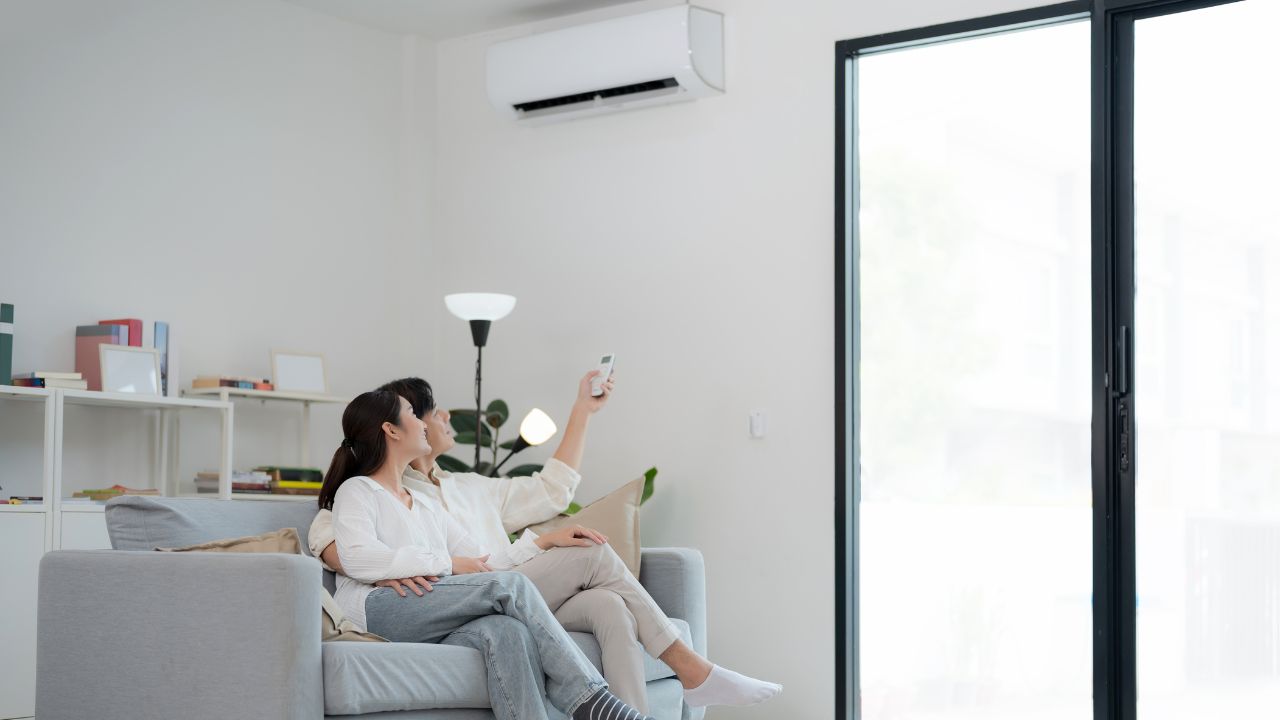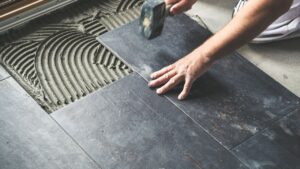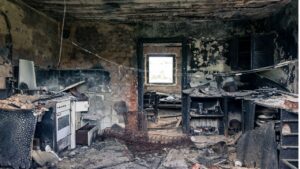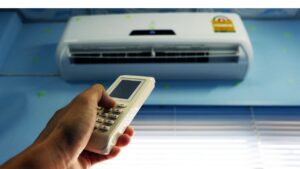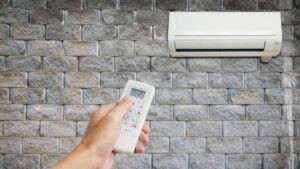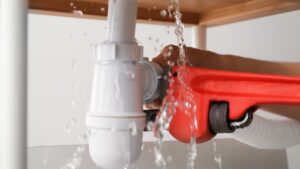Whether moving into a new BTO, renovating a resale flat, or upgrading the system in a condo, installing air conditioning is a significant investment for many Singaporean households.
The total cost is influenced by a multitude of factors: the type of system, the specifics of the house, the chosen brand and model, the required cooling capacity, and the complexity of the installation itself.
1. What Affects Your Aircon Installation Bill?
A. The System You Choose: Split, Central, or Something Else?
The type of air conditioning system selected is perhaps the most significant factor influencing the overall cost. Given their prevalence in residential settings, this guide will primarily focus on the installation costs associated with split systems.
Split Systems: These are the most popular choice for HDB flats and condominiums in Singapore. They consist of an outdoor unit (compressor) connected to one or more indoor units (fan coils). They are often referred to as “System 1,” “System 2,” “System 3,” “System 4,” or “System 5,” indicating the number of indoor units connected to a single outdoor unit. Split systems offer good energy efficiency and relatively quiet operation. Installation involves running refrigerant pipes and drainage lines between the indoor and outdoor units.
Window Units: These are self-contained units fitted into a window frame or wall opening. They are generally cheaper to buy and install but tend to be less energy-efficient and noisier than split systems. They are suitable for cooling single, smaller rooms.
B. Your Home Type Matters: HDB vs. Condo vs. Landed
The type of property significantly influences installation complexity and cost.
HDB Flats
Installation in HDB flats is often more standardized. However, electrical capacity might be an issue for older HDB flats. Newer flats (built after Jan 1, 1994; or upgraded) typically have a 40-amp main switch, simplifying electrical work while older flats might have a 30-amp switch, potentially requiring permits for new power points and having stricter limits on the aircon’s running current.
Installation in resale HDB flats can present additional challenges, such as dealing with existing (potentially old) piping or wiring, and may require dismantling old units.
Condominiums and Landed Properties
Installation in private residential properties often starts at a higher price point compared to HDB flats. Installers may cite starting costs around $4,000, compared to $3,350 for HDBs. This is often due to larger layouts potentially requiring longer piping runs, more powerful or multiple systems, and increased installation complexity.
Factors like higher ceilings, the need for concealed piping for aesthetic reasons, and specific requirements from building management can add to the workload and cost. Some retailers explicitly state that additional charges apply for private properties due to size and potential complications.
Essentially, the property type serves as an indicator of potential installation complexity. Condos and landed properties introduce more variability in layout and size, leading to less predictable costs. The age of the property, particularly for resale flats, adds another layer of complexity, potentially revealing issues with existing infrastructure that need addressing.
C. Brand & Model Choices
The brand and specific model of the air conditioning unit chosen naturally impact the overall budget. Popular brands seen in Singapore homes include Daikin, Mitsubishi Electric, Panasonic, Midea, and others.
Prices for units can vary significantly based on brand reputation, features, and cooling capacity. For example, package deals including installation for branded systems might range from around $3,350 to $6,000.
Beyond the brand name, energy efficiency is a critical factor. In Singapore, the National Environment Agency (NEA) uses a mandatory energy labelling scheme with efficiency ratings indicated by ticks – from 1 tick (least efficient) to 5 ticks (most efficient). Units with more ticks generally have a higher purchase price but consume less electricity, leading to potential savings on utility bills over the long term.
Choosing a highly efficient model represents a larger initial investment but can contribute to lower running costs throughout the aircon’s lifespan. While the brand choice primarily affects the unit cost, it contributes significantly to the total project expenditure, and the associated energy rating plays a crucial role in the system’s lifetime operational cost
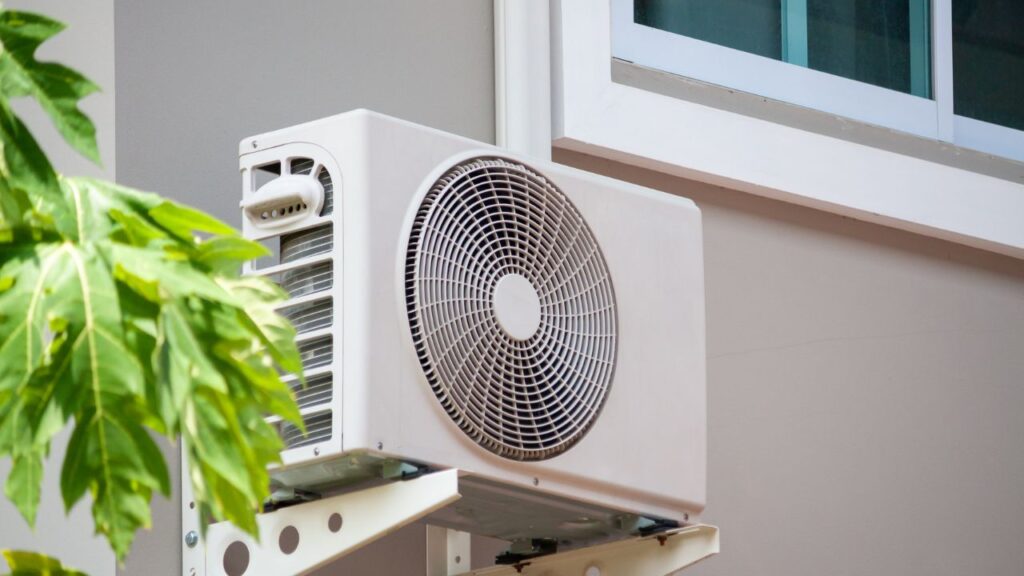
D. Cooling Power (BTU) & Room Size
The cooling capacity of an air conditioner is measured in British Thermal Units (BTU) per hour. Choosing the right BTU capacity for each room is essential for effective and efficient cooling.
Typical recommendations for HDB flats often suggest:
- 9,000 BTU for a common bedroom
- 12,000 BTU for a master bedroom
- 18,000 BTU or more for a living room, depending on size and layout
Generally, air conditioning units with higher BTU ratings cost more.
It is important not to undersize or oversize the unit. An undersized unit will struggle to cool the room effectively, running constantly and potentially wearing out faster.
An oversized unit will cool the room too quickly and cycle on and off frequently, which is inefficient and can lead to poor humidity control.
E. Installation Complexity
Beyond the system type and unit specifications, the actual physical installation process itself can significantly impact the final cost.
- Piping Length and Routing: Standard installation quotes usually include a certain length of copper piping and PVC drainage pipe. If the distance between the indoor and outdoor units exceeds this standard allowance, additional charges for extra materials and labour will apply. Complex routing around obstacles also adds time and cost.
- Concealed vs. Exposed Piping: Running pipes concealed within walls or false ceilings provides a cleaner aesthetic but is significantly more labour-intensive and costly than running them exposed in PVC trunking/casing.
Concealed work involves hacking, pipe laying, and making good the surfaces afterwards. Replacement costs for concealed piping are also notably higher than for exposed piping.
- Electrical Work: If a suitable electrical power point or isolator is not readily available near the planned location of the aircon unit, installing a new one will incur additional costs. In HDB flats, this may also require permits or specific procedures depending on the flat’s main switch capacity (30 amp vs. 40 amp). Older properties might require wiring upgrades to safely handle the load of a modern air conditioning system.
- Accessibility and Location: Installing units in difficult-to-reach locations, such as high walls or areas with limited access for the outdoor unit, can increase labour time and costs.
- Ceiling Work: If installation requires cutting into or modifying false ceilings for access or pipe routing, associated costs for making good the ceiling will be added
2. Price Check: How Much Does Aircon Installation Cost in Singapore?
Given the multiple factors at play, providing a single definitive price for aircon installation is challenging. Overall price expectations, often including both the unit and installation, vary widely:
| System Type | Typical Total Cost |
| System 1 | $1,000 – $2,500 |
| System 2 | $1,900 – $3,000 |
| System 3 | $2,700 – $4,500 |
| System 4 | $3,800 – $5,500+ |
| System 5 | $5,600 – $7,100+ |
The significant overlap and variation in these price ranges underscore that these figures are estimates. The total cost is heavily influenced by the specific brand, model, and BTU capacity chosen. These tables provide a useful starting point, but getting personalized quotes based on a specific home and requirements is essential for accurate budgeting.
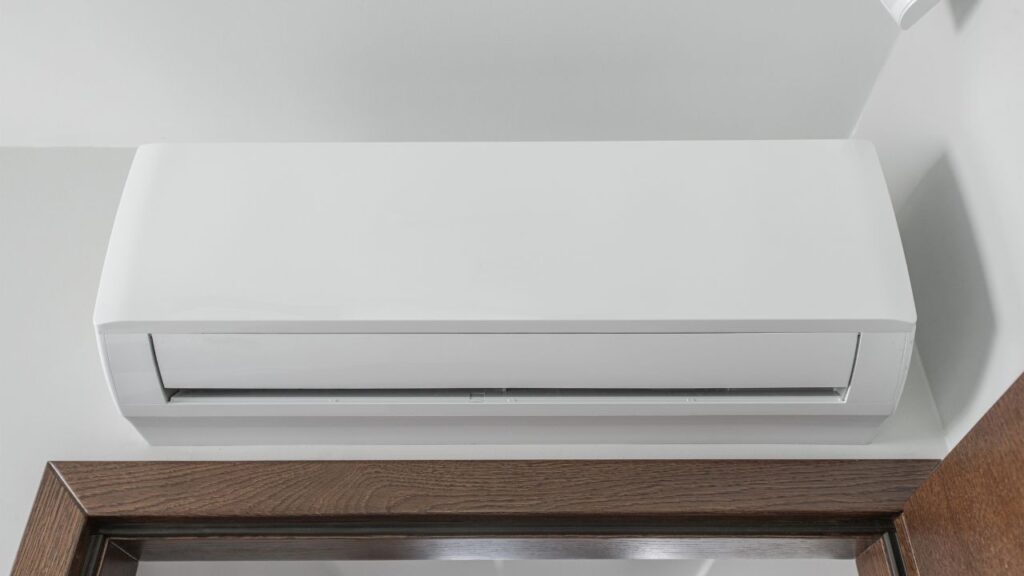
3. Extra Costs to Budget For
Sometimes, the final aircon installation bill ends up higher than the initial basic quote. This might be due to additional work or materials required that fall outside the scope of a “standard” package. Here are some common additional charges homeowners might encounter:
- Extra Piping/Trunking Length: If the required length of copper piping or PVC trunking exceeds the amount included in the standard package, charges will apply, often calculated per foot or metre.
- Concealed Piping Work: Opting for hidden pipes involves significantly more labour for hacking walls or ceilings, laying pipes, and patching/making good the surfaces. This is considerably more expensive than using exposed trunking.
- New Electrical Point/Isolator: Installation of a new power point or isolator if one is not suitably located near the aircon unit. Costs vary, and HDB regulations regarding permits and procedures must be followed.
- Upgraded Electrical Wiring: Older flats, especially those with 30-amp main switches, might require electrical wiring upgrades to safely support the air conditioner’s power requirements.
- Dismantling & Disposal of Old Units: Removing and disposing of an existing air conditioning system typically incurs an extra fee.
- Premium Materials: Upgrading from standard materials often comes at an additional cost :
- Thicker Copper Pipes: For increased durability.
- Higher Grade Insulation: For better performance and reduced condensation risk.
- Stainless Steel Brackets: Recommended for enhanced durability and corrosion resistance, especially in coastal areas, compared to standard galvanized brackets.
- Specialized Brackets: If the installation location requires non-standard mounting brackets.
- Ceiling Access/Modification: Charges for cutting, accessing, and patching false ceilings if required for installation.
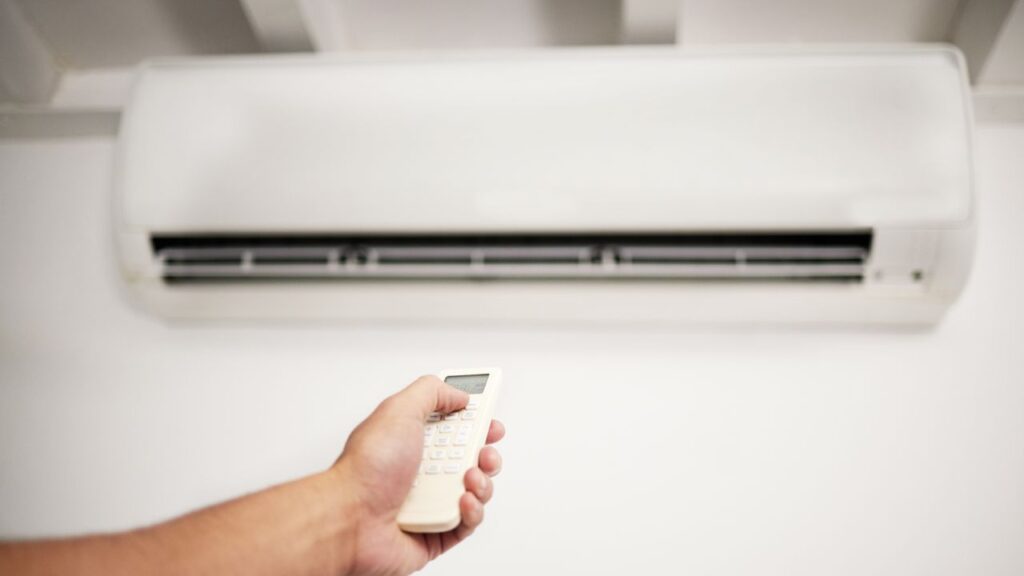
4. Getting the Best Aircon Installation Deal
Here are some tips for homeowners:
- Get Multiple Quotes: Do not settle for the first offer. Request detailed written quotations from at least three multiple different reputable aircon installation companies. This allows for effective comparison.
- Ask What’s Included (and Excluded): Scrutinize each quote. Clarify the standard allowance for piping and trunking length, the grade/thickness of copper pipes and insulation, the type of brackets included (galvanized or stainless steel), whether dismantling and disposal of old units are covered, and the specific terms of the workmanship warranty. Leave no room for assumptions.
- Verify Installer Credentials: Check the company’s track record, read online reviews, and look for established businesses with a good reputation for reliability.
- Understand the Warranty: Differentiate between the manufacturer’s warranty (covering defects in the aircon unit itself) and the installer’s workmanship warranty (covering the quality of the installation work). Ask about the duration of the workmanship warranty (typically 1 year) and exactly what issues it covers (e.g., leaks due to improper installation).
- Insist on a Site Survey: Especially for resale properties, condos, landed houses, or if requesting concealed piping, a pre-installation site survey is crucial. An experienced technician assessing the site can identify potential complexities and provide a much more accurate quote, minimizing surprises later. Some companies offer free site surveys.
- Look for Promotions & Vouchers: Keep an eye out for package deals, seasonal promotions, or discounts offered by retailers and installers. Check eligibility for government initiatives like the Climate Vouchers, which provide rebates for purchasing energy-efficient appliances.
- Discuss Material Quality: Do not shy away from discussing material options. Ask about the benefits of upgrading to thicker copper pipes or higher-grade insulation. While it might increase the upfront cost slightly, investing in better materials can contribute to the system’s longevity and prevent future problems like leaks or condensation.
- Plan Ahead: If possible, schedule the installation during off-peak periods. Trying to book during peak heat seasons or requesting urgent installation might lead to higher prices or longer waiting times.

